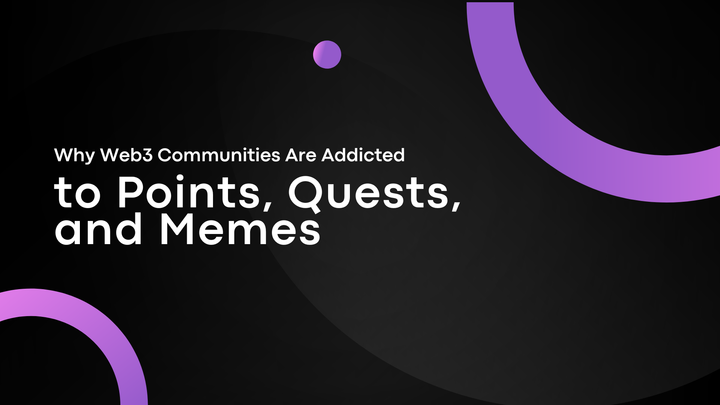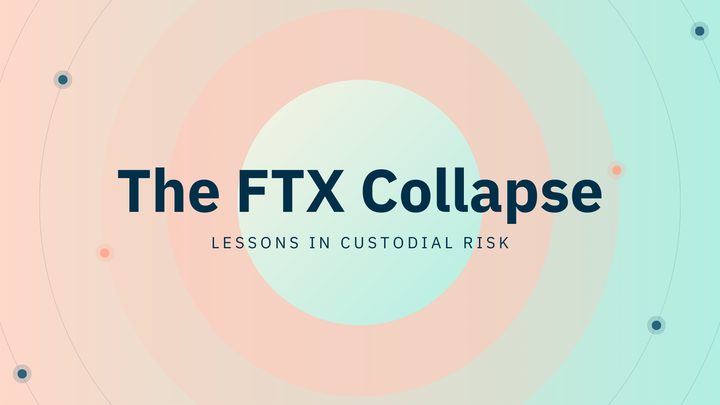The culture and implications of the Pump.fun token, Circle IPO, and how hype manifests in the U.S. crypto scene.

The summer of 2025 has given crypto two very different stories: Pump.fun a new Solana-based memecoin platform – and Circle’s IPO – the public offering of a major stablecoin issuer. On the surface they’re unrelated, but both reflect America’s fusion of hype, culture, and finance. Put simply, they show how internet memes and Wall Street-style investing collide in crypto.
Pump.fun’s memecoin frenzy: Pump.fun is a platform for launching meme coins on Solana. It lets anyone create and trade silly tokens with ease, riding on social media buzz. Recently Pump.fun announced a $1 billion token sale at a $4 billion valuation. That’s huge – akin to raising money for a meme-driven app with no real product yet. The plan is to sell 25% of its tokens in June 2025, keeping 75% for team and community. No formal whitepaper has been released; insiders say they’re rushing to finalize legal details. Crypto analysts immediately called the $1B target “ambitious” in the current market.
This news sent shockwaves. Mitosis University covered Pump.fun earlier, noting it offers “radical accessibility” – anyone can list a token with zero fees. It uses a bonding-curve model so early trades are cheap and prices jump as more people buy. In effect, Pump.fun is a memecoin factory. But with billions of dollars at stake, even supporters are cautious. Mitosis warned that such open-ended minting can lead to oversaturation and scams. In fact, just before the token sale news, speculation around Pump.fun caused a brief slump in meme coins (rumors of insiders selling spooked traders).
Circle’s public debut: At nearly the same time, Circle – the company behind the USDC stablecoin – hit the stock market with a splash. Circle sold 34 million shares at $31 each, raising about $1.05 billion at an $18 billion valuation. On day one, the stock doubled – a 100% pop – closing at $69. This was the biggest crypto IPO since Coinbase, and the first for a major stablecoin issuer. It illustrates extreme hype: huge demand from investors who believed crypto (or at least stablecoins) are the future of finance. The news made headlines like “U.S. crypto mania is alive” and noted how regulators are now more friendly to stablecoins. Circle’s CEO told Reuters that investors see Circle innovating with stablecoin payments and cross-border solutions.
So what’s the link? It’s an American “hype machine”. Both Pump.fun and Circle captured imaginations: one by promising quick riches through memes, the other by legitimizing crypto in Wall Street terms. In both cases, culture and finance blurred. Pump.fun taps the meme culture – communities get excited on Twitter or Discord about a funny coin, driving prices up. Circle taps the institutional side – echoing classic IPO mania (think dot-com bubble or GameStop saga).
This combination is uniquely American. U.S. retail traders (and many institutions) are used to chasing tech and meme trends. The U.S. has a long history of speculative fever – from tulip-like stock bubbles to meme stocks on Robinhood. Crypto is just the latest venue. As Mitosis reported, “memecoins often ride on pure speculative fever and community pumps”. Stories went viral: one person turned $250 into $1.5 million on a meme coin by November 2024, media covered it enthusiastically. There’s real excitement and risk. When everyone starts trading on a joke, prices skyrocket until reality hits. Mitosis notes early rallies in 2025 are fueled by newbies pumping coins like Doge or Pepe, but warns many will crash by year’s end.
The hype-fact balance: Put another way, Pump.fun is pure speculative culture – a decentralized, community-driven project that looks fun and risky. Circle is financialization of crypto – a regulated corporate vehicle giving investors a “safe” crypto play. Americans today love this mix. Social media hype (Elon Musk tweets about coins, Twitter memes) drives retail FOMO. Meanwhile, big institutions pour money into anything crypto-related, fearing to miss out (hence Circle’s massive IPO raise). The narratives feed each other: “Will Pump.fun make early buyers rich?” and “Can stablecoins power the new internet of money?”
For beginners, the lesson is twofold. First, be cautious: hype can inflate assets way beyond fundamentals. Pump.fun’s upcoming sale is essentially selling fantasies – if actual crypto markets cool off, those Pump tokens could crash. Memecoins in general can soar on hype and then evaporate. As one Mitosis author pointed out, “mania often ends in disappointment for many.”. Second, recognize opportunity: stablecoins and crypto are entering mainstream finance (Circle’s success shows mainstream confidence). Know that crypto trends often move in hype cycles. The creative, rebellious side (memes) and the corporate, regulated side (IPOs) are both part of the ecosystem.
Summary of the hype cycle:
- Memecoin Mania: Platforms like Pump.fun make it trivial to mint and trade meme tokens. Enthusiasts drive prices up with enthusiasm. (Mitosis explains this energy in its Memecoin ) But if demand fades, tokens crash just as fast.
- Meme-Stock Parallels: This echoes past U.S. events (e.g. GameStop frenzy) where internet culture collided with investing.
- Crypto Goes Public: Established crypto firms like Circle are now selling shares to mainstream investors. Massive IPOs boost crypto legitimacy and hype – but also correlate with market peaks.
- Media and FOMO: News outlets and social media sensationalize crypto gains. Americans, craving the next tech miracle, pile in, often late.
- Risk & Reward: Some will profit (e.g. early Pump.fun backers, lucky coin holders), but many novices might burn themselves when the bubble deflates.
For further reading, Mitosis University has articles that provide background context. One explains the memecoin phenomenon, showing how these coins can rocket on chatter and then fade. Another on stablecoin adoption shows why big players like Circle are bullish: stablecoins now have a massive $200+ billion market cap and dominate DeFi usage. Both the wild memecoin rides and the stablecoin boom illustrate how hype, culture, and finance interlock in today’s American crypto scene.



Comments ()